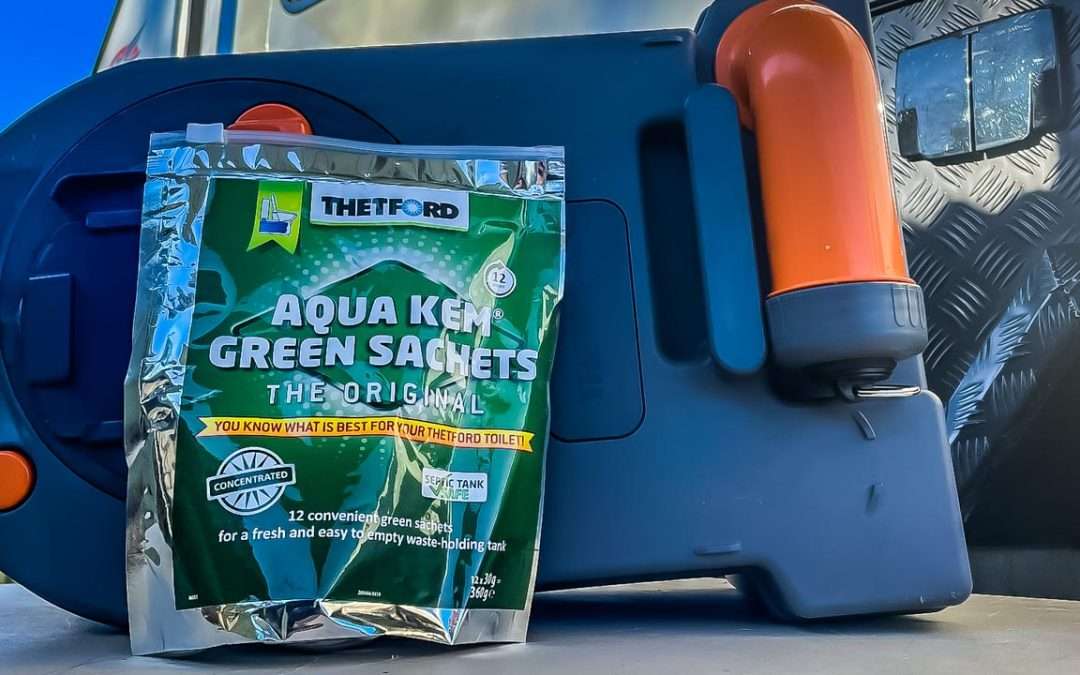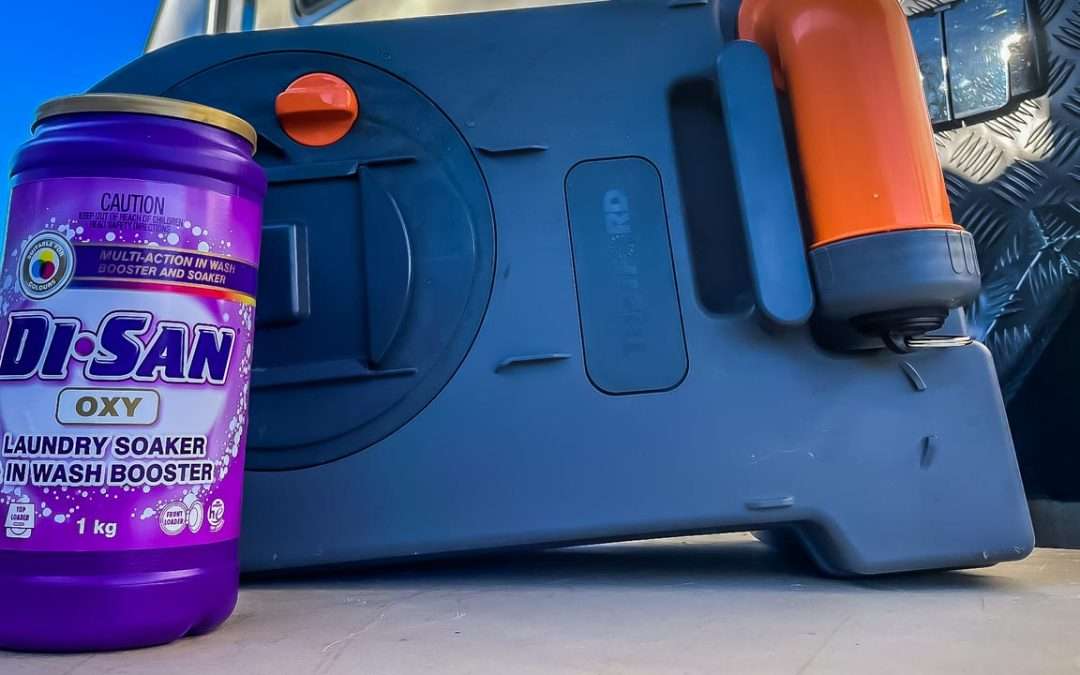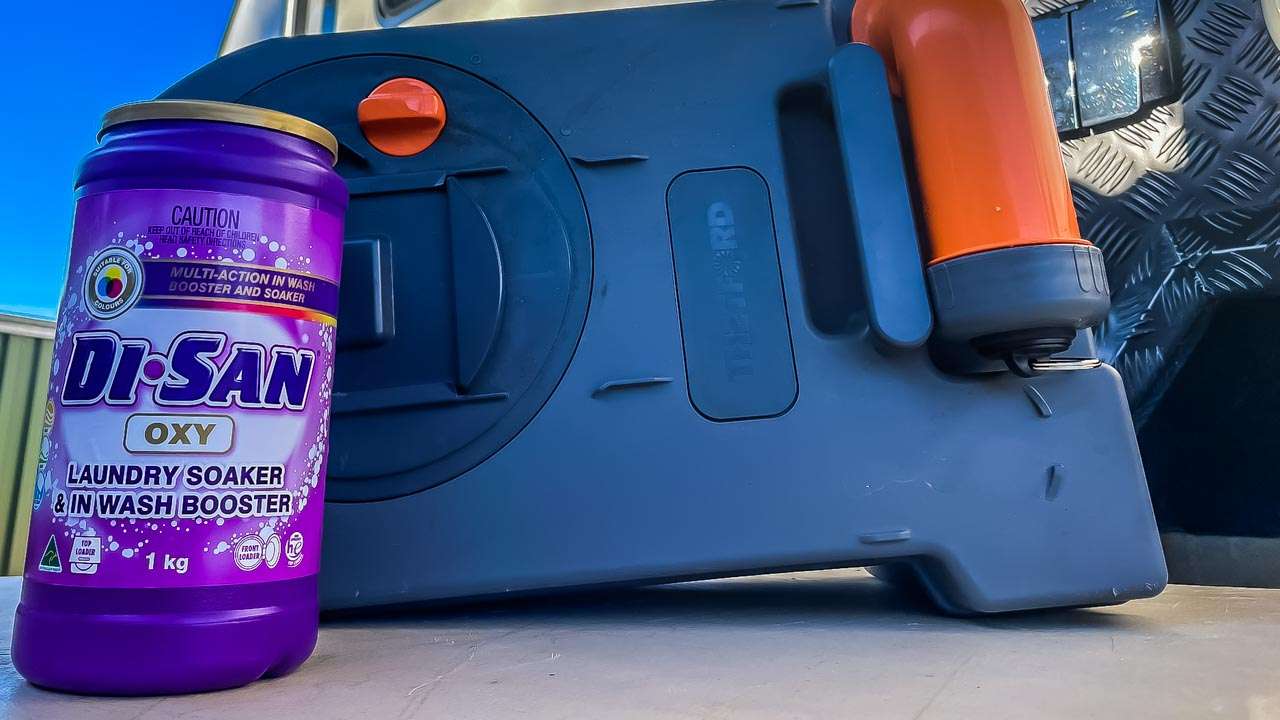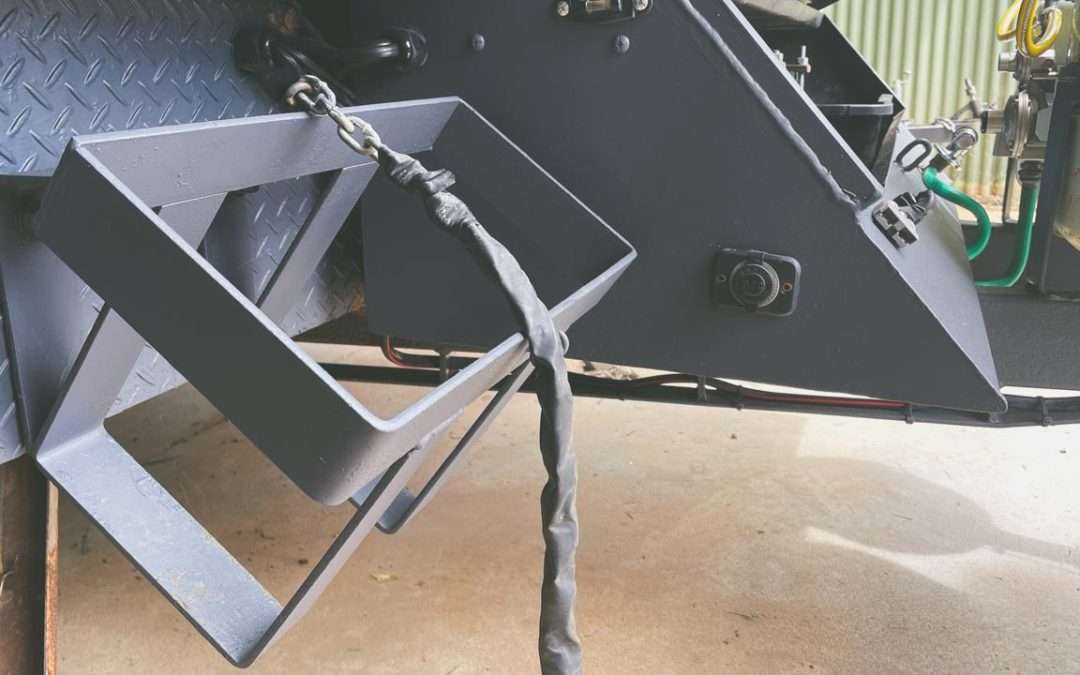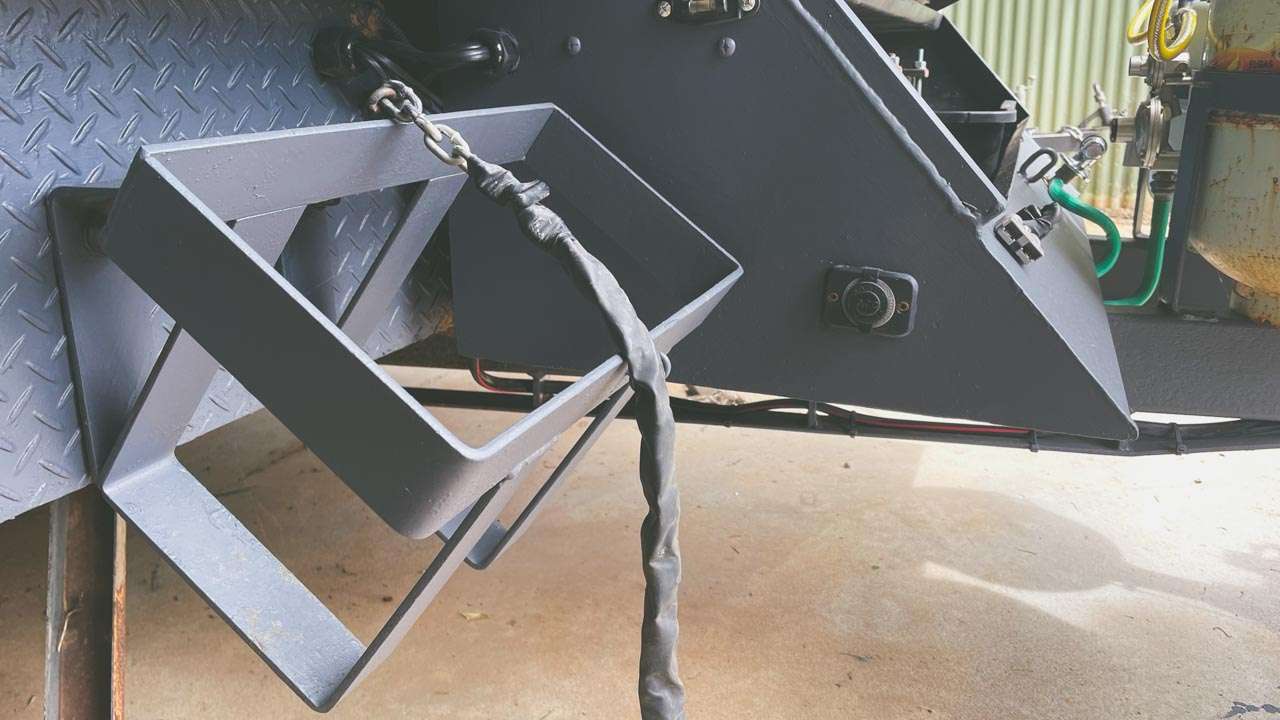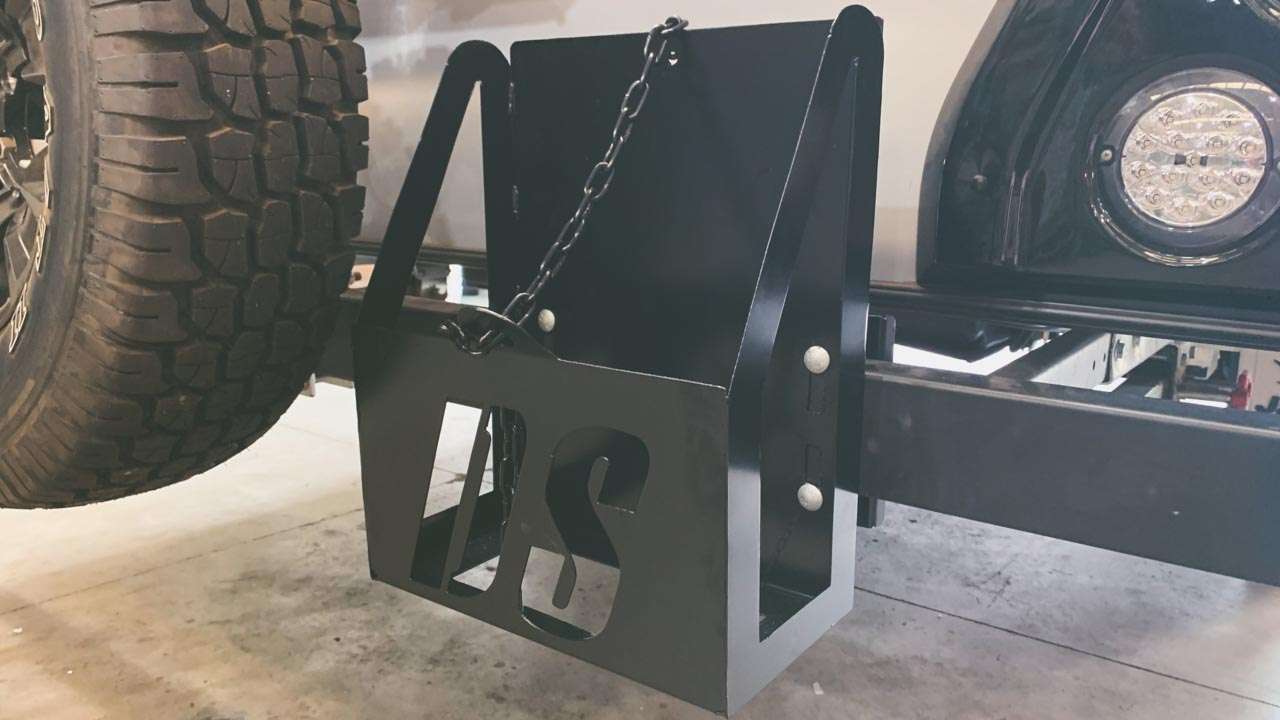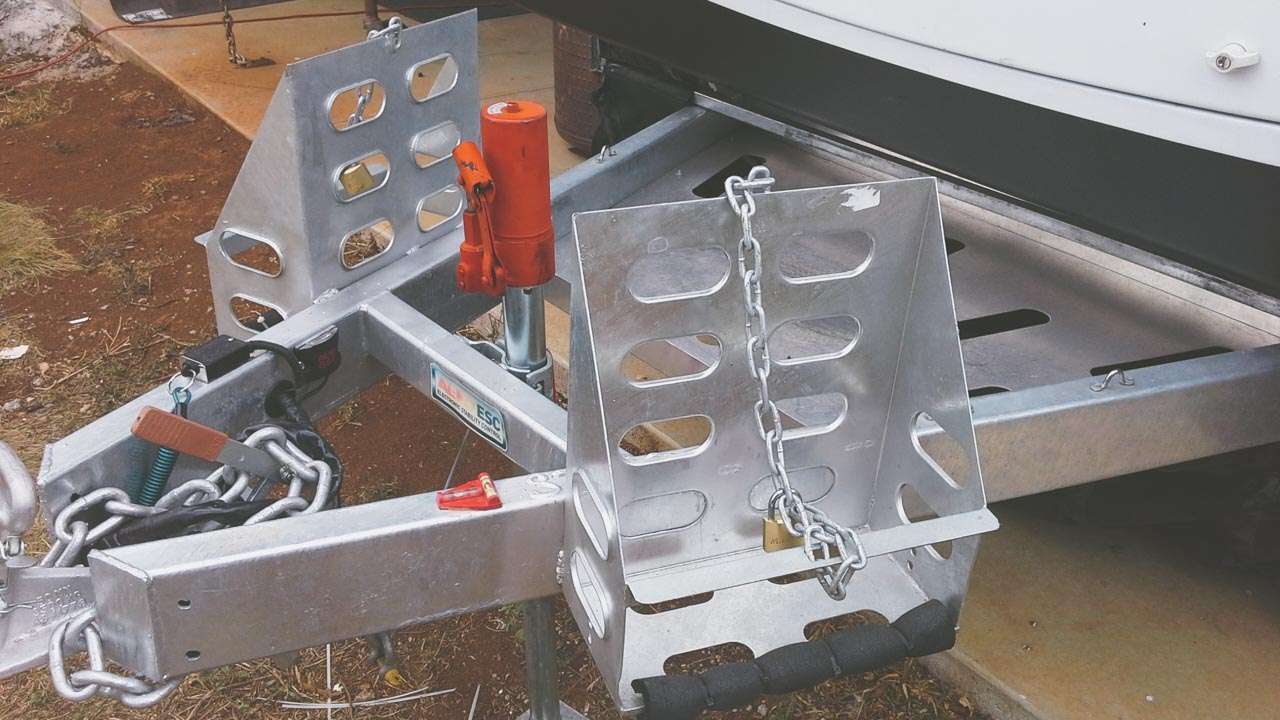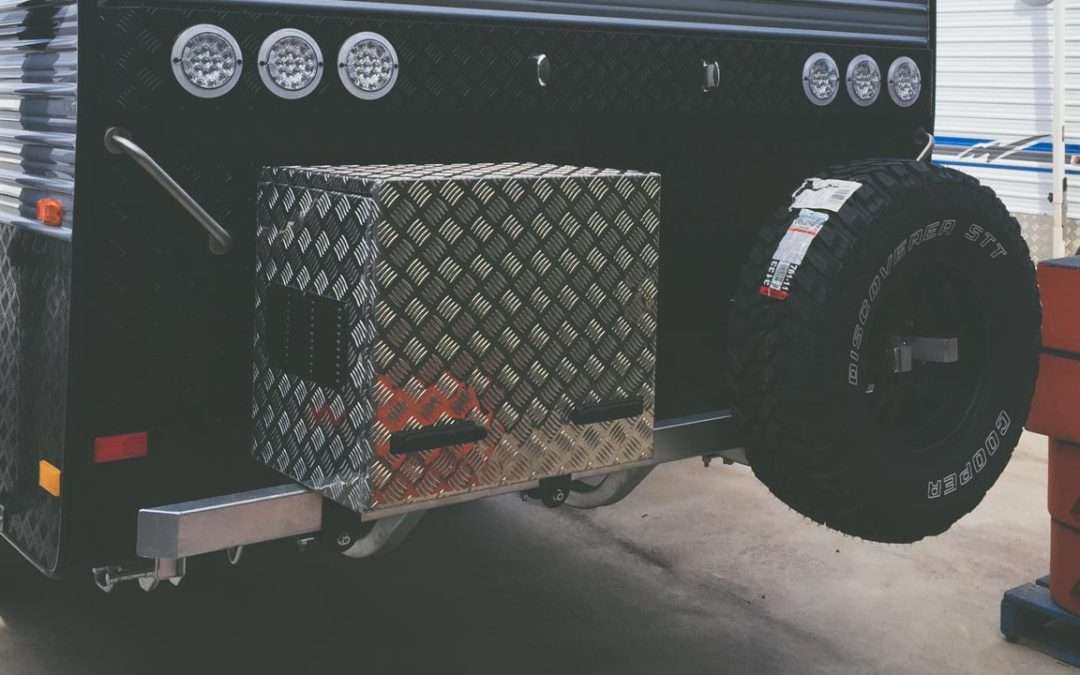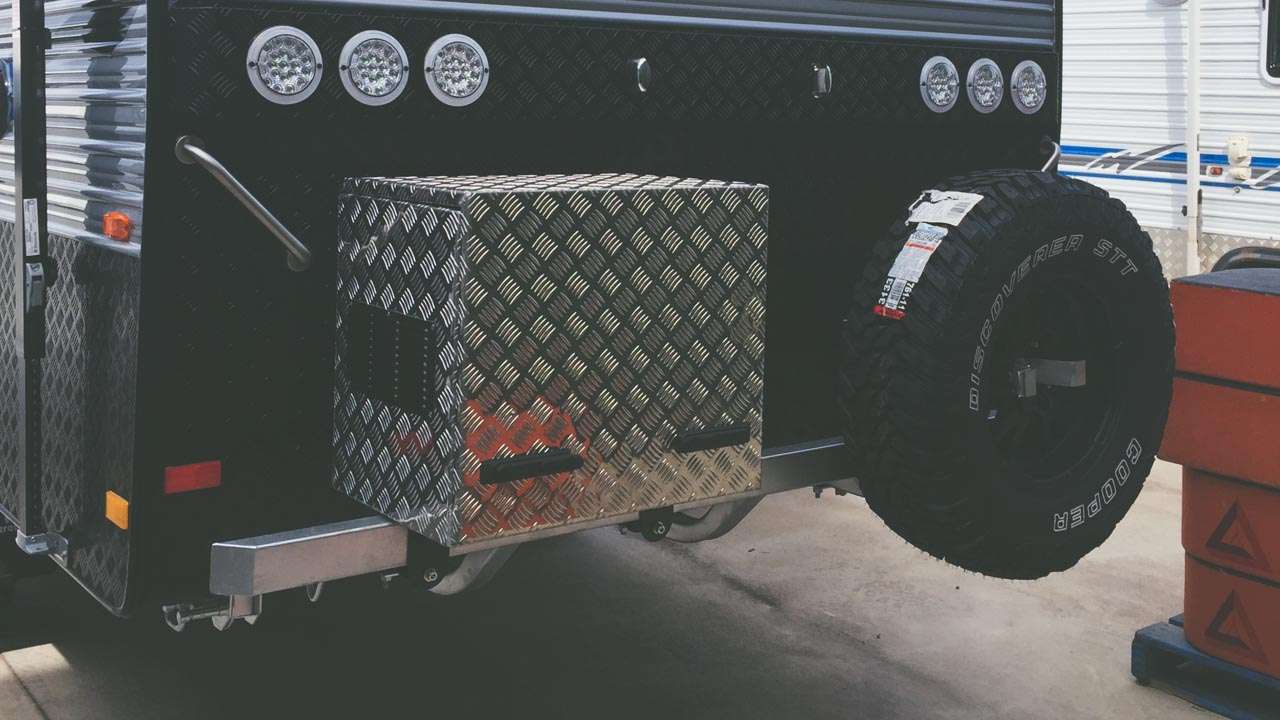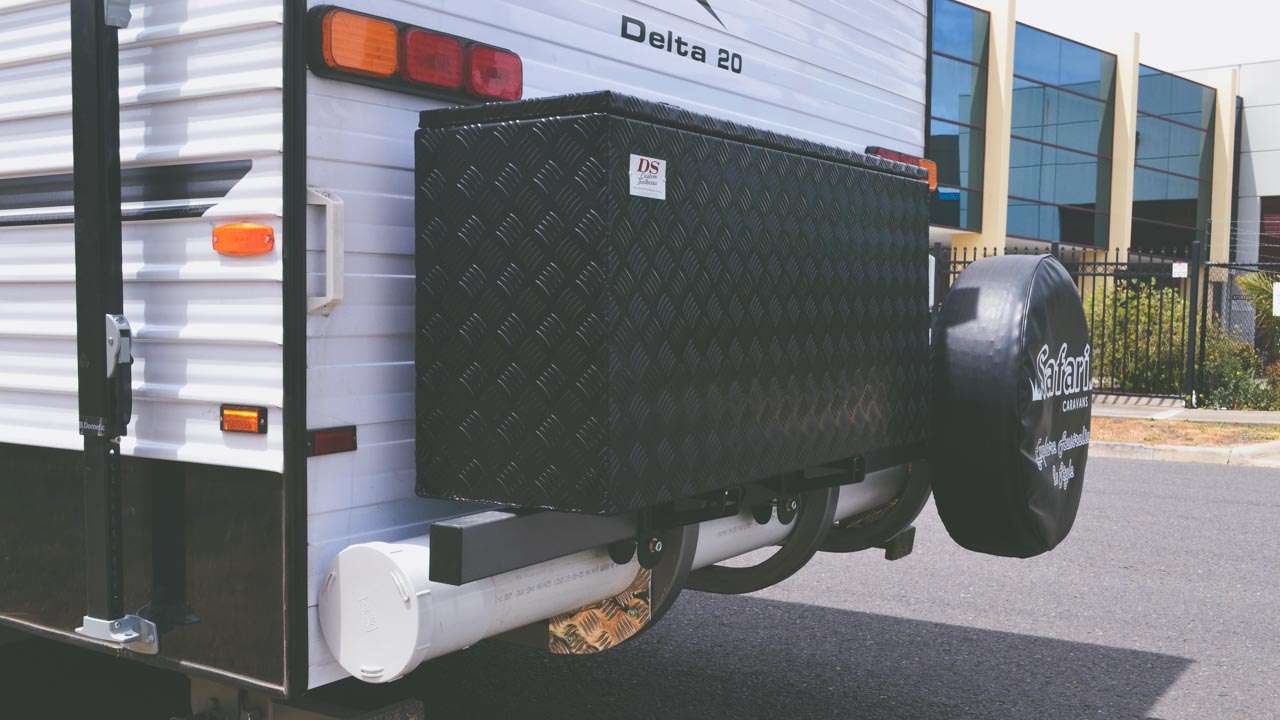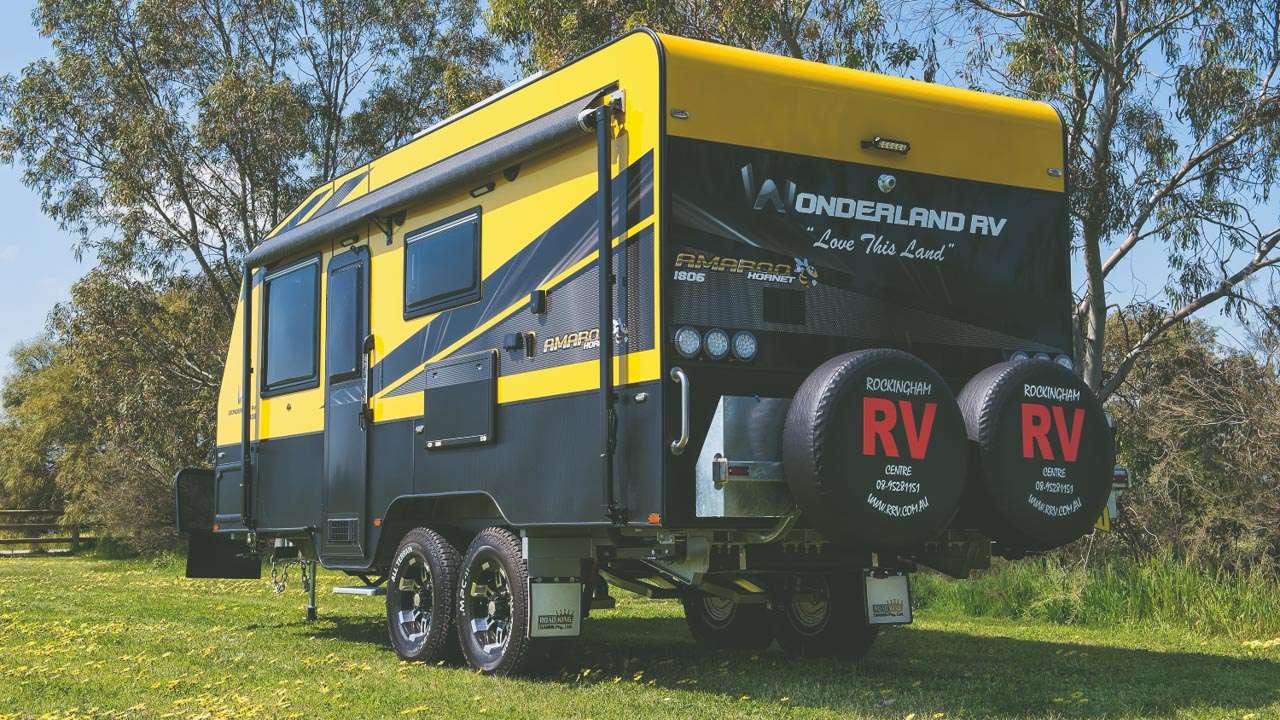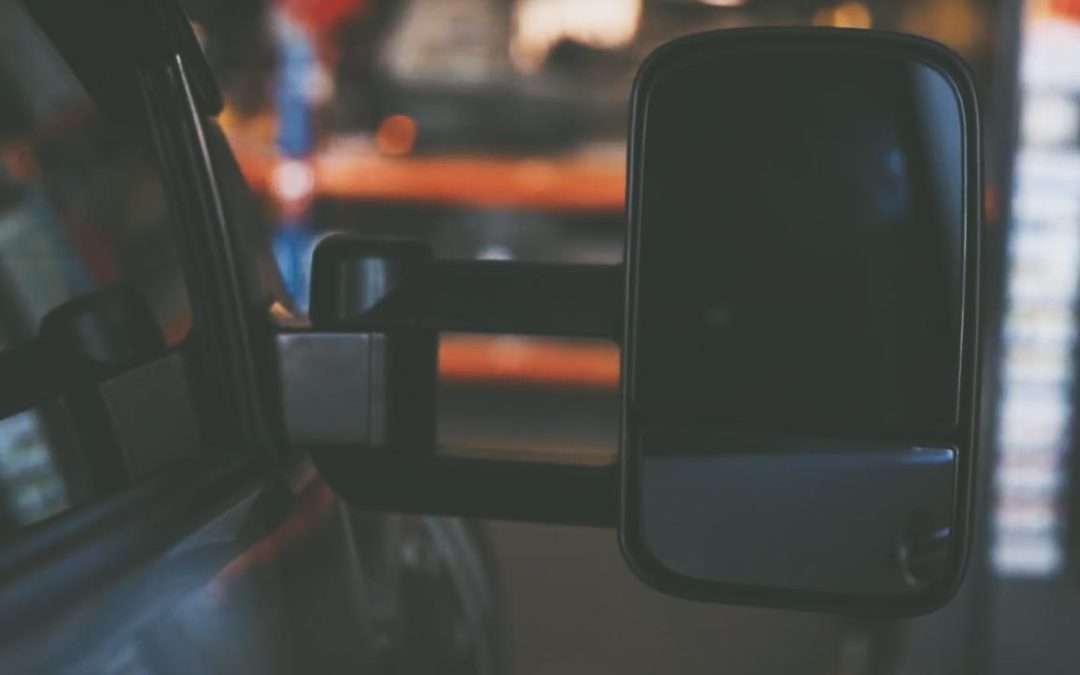
21 Best Caravan Towing Mirrors In Australia (2024)
21 Best Caravan Towing Mirrors In Australia (2024)
Discover the top caravan towing mirrors for 2024. Enhance your safety and visibility on Australian roads with our expert recommendations. Caravan towing mirrors are essential for ensuring safety and compliance with legal requirements when towing a caravan. In Australia long distance caravan travel is a popular pastime and choosing the right towing mirrors is crucial. This guide will cover everything you need to know about caravan towing mirrors including the best options available in 2024.
Table Of Contents
- Why Are Towing Mirrors Important?
- Legal Requirements For Towing Mirrors in Australia
- Types Of Towing Mirrors
- Clip-On Mirrors
- Strap-On Mirrors
- Replacement Mirrors
- Door-Mounted Mirrors
- 21 Best Best Caravan Towing Mirrors Sold In Australia In 2024
- 1. Milenco Grand Aero 4 Towing Mirrors
- 2. Repco Universal Towing Mirrors
- 3. Clearview Next Gen Towing Mirrors
- 4. Dometic DM-2912 Milenco Grand Aero 3 Towing Mirrors
- 5. AL-KO Grand Aero 3 Towing Mirrors
- 6. CAMEC Universal Clip-On Towing Mirrors
- 7. MSA Towing Mirrors
- 8. Aussie Truck Mirrors
- 9. Hayman Reese Universal Towing Mirrors
- 10. McHitch Towing Mirrors
- 11. Smittybilt Trail Towing Mirrors
- 12. ORICOM Caravan Towing Mirrors
- 13. Swift Hitch Wireless Towing Mirrors
- 14. Roadvision Towing Mirrors
- 15. ARK TowPro Towing Mirrors
- 16. Quick Fit Towing Mirrors
- 17. FlexiView Towing Mirrors
- 18. RVPartShop Universal Towing Mirrors
- 19. Boab Towing Mirrors
- 20. Auto Safe Towing Mirrors
- 21. Jayco Towing Mirrors
- Installation Tips for Towing Mirrors
- Maintaining Your Towing Mirrors
- Conclusion
- FAQs Caravan Towing Mirrors Frequently Asked questions
- Are caravan towing mirrors a legal requirement in Australia?
- Can I use universal towing mirrors for any vehicle?
- How do I know if my towing mirrors are properly adjusted?
- Are there any features to look for in towing mirrors for off-road use?
- Can I install towing mirrors myself, or do I need professional help?
- List Of Australian Caravan Brands
Why Are Towing Mirrors Important?
Towing mirrors extend your field of vision allowing you to see beyond the sides of your caravan. This improved visibility helps you monitor traffic, change lanes, and navigate narrow roads safely. Without adequate towing mirrors, you risk not only your safety but also the safety of other road users.
Legal Requirements For Towing Mirrors in Australia
Each Australian state and territory has specific requirements regarding the use of towing mirrors. However, the general rule is that you must have a clear view of the road behind and to the sides of your caravan. If your standard vehicle mirrors do not provide this visibility, you must use towing mirrors.
- New South Wales (NSW): Mirrors must provide a clear view of the rear of the caravan.
- Victoria (VIC): Towing mirrors are mandatory if the caravan width exceeds the vehicle’s width.
- Queensland (QLD): The driver must have an unobstructed view of the road to the rear and sides of the vehicle.
- Western Australia (WA): Mirrors must extend sufficiently to provide a clear rearward view.
- South Australia (SA): Similar to WA, mirrors should offer a clear view to the rear.
- Tasmania (TAS): Mirrors are required if the caravan blocks the view of the vehicle’s standard mirrors.
- Northern Territory (NT): Clear rearward visibility is required.
- Australian Capital Territory (ACT): Mirrors must allow a clear view behind the caravan.
Types Of Towing Mirrors
There are several types of towing mirrors available, each with its own advantages and disadvantages. Understanding these types can help you choose the best mirror for your needs.
Clip-On Mirrors
Clip-on mirrors are the most common type. They attach to your existing side mirrors and extend your field of vision.
Advantages
- Easy to install and remove
- Affordable
- Universally compatible with most vehicles
Disadvantages
- May vibrate at high speeds
- Can obstruct the view if not properly aligned
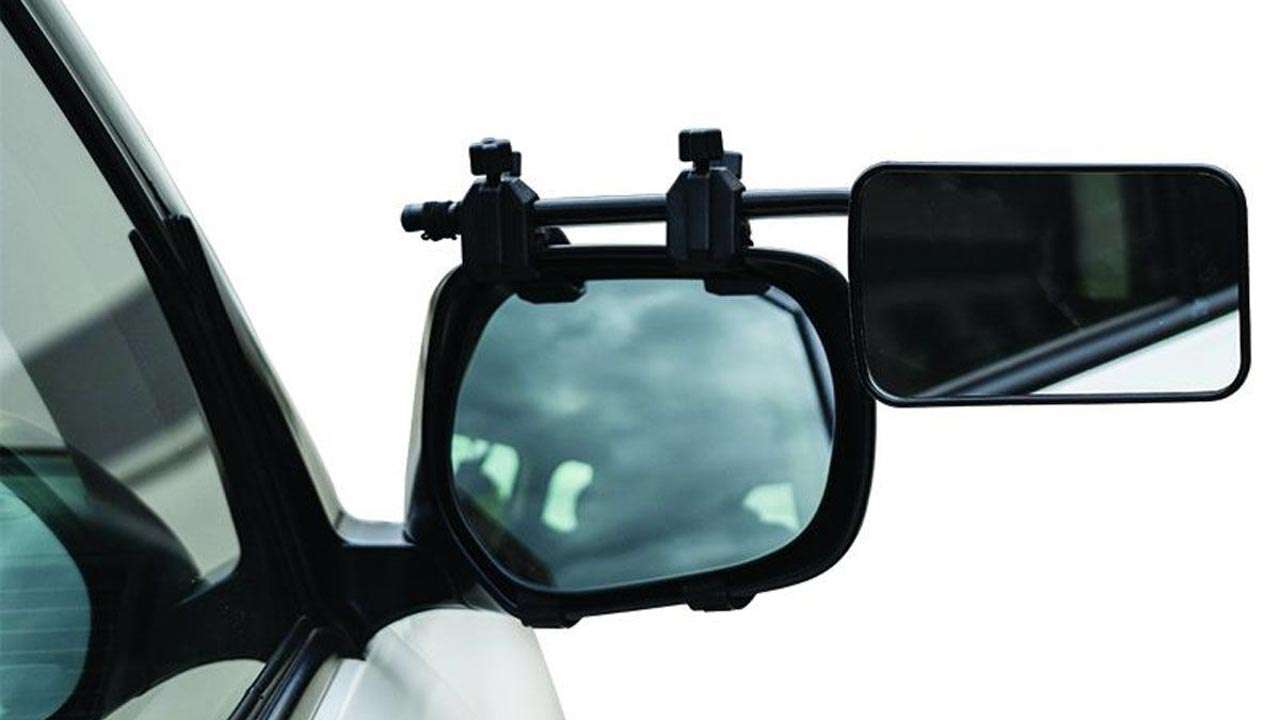
Camec Clip On Caravan Towing Mirrors
Strap-On Mirrors
Strap-on mirrors use straps to secure the towing mirror to your vehicle.
Advantages
- Secure fit
- Adjustable
- Less vibration compared to clip-on mirrors
Disadvantages
- Takes longer to install
- Straps can wear out over time
Replacement Mirrors
Replacement mirrors are designed to replace your existing side mirrors entirely. They are specifically built for towing and provide an integrated look.
Advantages
- Permanent solution
- Provides the best visibility
- Usually includes additional features like heating and power adjustment
Disadvantages
- Expensive
- Installation can be complex
Door-Mounted Mirrors
Door-mounted mirrors attach to the door rather than the side mirror, providing a wider and more stable view.
Advantages
- Superior stability
- Wide field of vision
- Less vibration
Disadvantages
- May require professional installation
- Can be more expensive
21 Best Best Caravan Towing Mirrors Sold In Australia In 2024
Choosing the best towing mirrors can be overwhelming with so many options available. Here are the 21 best caravan towing mirrors sold in Australia in 2024 arranged by order of popularity.
1. Milenco Grand Aero 4 Towing Mirrors
- Type: Clip-On
- Exceptional stability
- Wide field of vision
- Aerodynamic design
- Easy to install and remove
- Benefits: Known for reducing vibration and providing a clear, stable view.
2. Repco Universal Towing Mirrors
- Type: Strap-On
- Highly adjustable
- Fits most vehicle mirrors
- Anti-vibration design
- Durable construction
- Benefits: Versatile and reliable, suitable for various towing situations.
3. Clearview Next Gen Towing Mirrors
- Type: Replacement
- Sleek, integrated look
- Power adjustable
- Heating function for defogging
- Indicator lights
- Benefits: Offers a permanent solution with enhanced features for frequent towers.
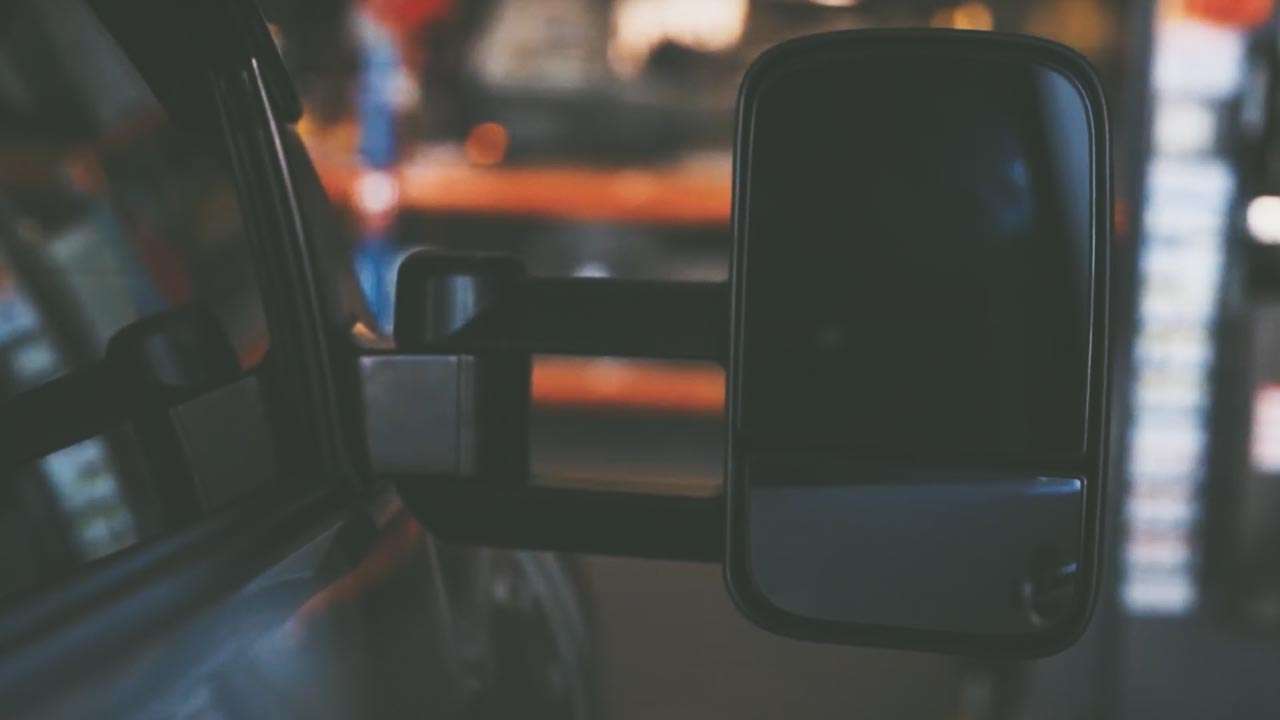
Clearview Towing Mirror
4. Dometic DM-2912 Milenco Grand Aero 3 Towing Mirrors
- Type: Clip-On
- Robust design
- Easy attachment
- Adjustable angle
- Minimal vibration
- Benefits: Provides a stable view and is simple to install.
5. AL-KO Grand Aero 3 Towing Mirrors
- Type: Clip-On
- Wide field of vision
- Sturdy build
- Adjustable clamps
- Streamlined shape
- Benefits: Known for its stability and ease of use.
6. CAMEC Universal Clip-On Towing Mirrors
Type: Clip-On
Features:
*Versatile fit
*Quick installation
*Wide view
*Durable materials
Benefits: Ideal for occasional towers, offering flexibility and convenience.
7. MSA Towing Mirrors
- Type: Replacement
- Sleek, integrated look
- Power adjustable
- Heating function for defogging
- Indicator lights
- Benefits: Offers a permanent solution with enhanced features for frequent towers.
8. Aussie Truck Mirrors
- Type: Clip-On
- Heavy-duty design
- Wide field of view
- Adjustable clamps
- Reduced vibration
- Benefits: Durable and stable, perfect for long-distance towing.
9. Hayman Reese Universal Towing Mirrors
- Type: Clip-On
- Universal fit
- Anti-vibration
- Quick installation
- Robust build
- Benefits: Reliable and easy to attach, suitable for most vehicles.
10. McHitch Towing Mirrors
- Type: Clip-On
- Simple installation
- Adjustable viewing angles
- Secure fit
- Minimal vibration
- Benefits: Provides a clear view with easy installation.
11. Smittybilt Trail Towing Mirrors
- Type: Strap-On
- Rugged design
- Wide view
- Adjustable fit
- Stability during rough terrain
- Benefits: Ideal for off-road towing, offering durability and stability.
12. ORICOM Caravan Towing Mirrors
- Type: Clip-On
- Stable and clear view
- Easy attachment
- Durable construction
- Wide field of vision
- Benefits: Provides a reliable and stable view for safe towing.
13. Swift Hitch Wireless Towing Mirrors
- Type: Wireless
- Wireless connectivity
- High-quality camera
- Wide viewing angle
- Portable design
- Benefits: Offers modern technology for enhanced towing visibility.
14. Roadvision Towing Mirrors
- Type: Clip-On
- Durable build
- Anti-vibration
- Wide view
- Easy installation
- Benefits: Reliable and provides a clear, stable view.
15. ARK TowPro Towing Mirrors
- Type: Strap-On
- Adjustable fit
- Secure attachment
- Wide field of vision
- Durable materials
- Benefits: Versatile and stable, suitable for various vehicles.
16. Quick Fit Towing Mirrors
- Type: Clip-On
- Quick installation
- Adjustable angles
- Secure fit
- Minimal vibration
- Benefits: Easy to use and provides a clear view.
17. FlexiView Towing Mirrors
- Type: Clip-On
- Adjustable viewing angles
- Secure fit
- Anti-vibration design
- Wide field of vision
- Benefits: Flexible and reliable, suitable for various towing needs.
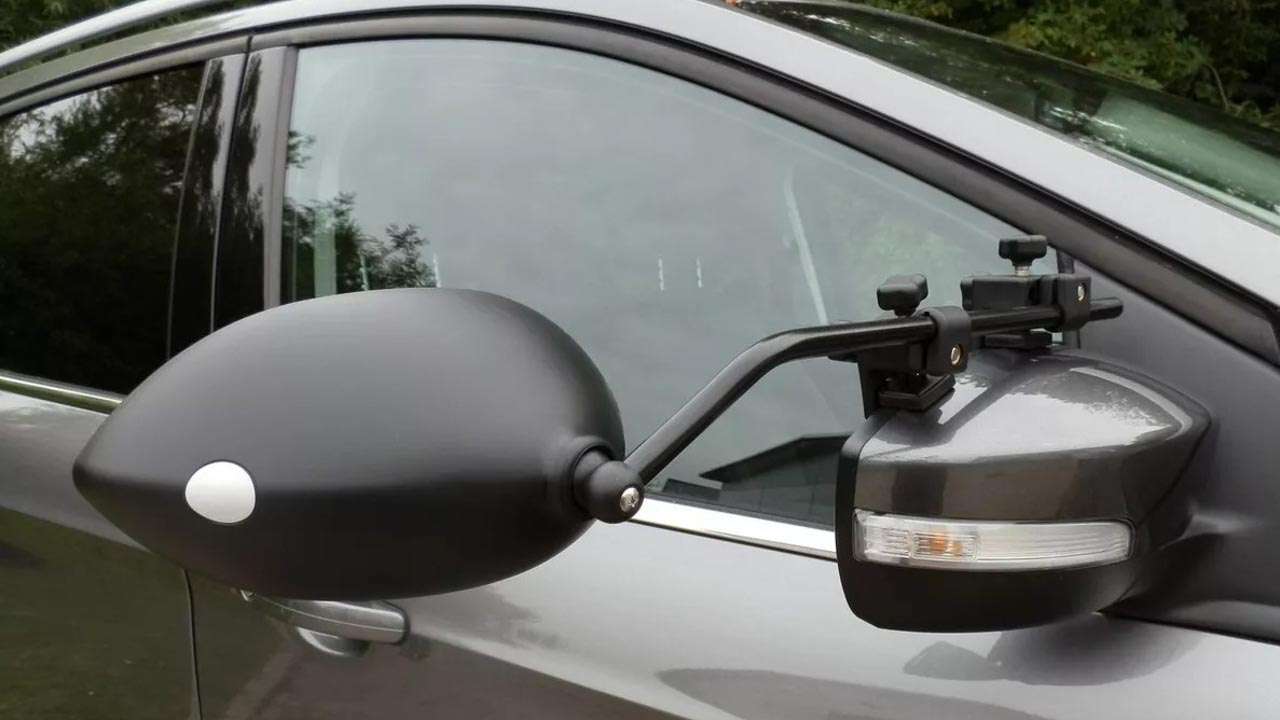
Milenco Aero 4 Caravan Towing Mirrors
18. RVPartShop Universal Towing Mirrors
- Type: Clip-On
- Versatile fit
- Easy attachment
- Durable construction
- Clear view
- Benefits: Convenient and easy to install, offering a wide view.
19. Boab Towing Mirrors
- Type: Clip-On
- Durable materials
- Wide field of vision
- Adjustable fit
- Secure attachment
- Benefits: Provides a stable and clear view for safe towing.
20. Auto Safe Towing Mirrors
- Type: Clip-On
- Stable and clear view
- Easy installation
- Durable construction
- Adjustable angles
- Benefits: Reliable and easy to attach, ensuring a clear view.
21. Jayco Towing Mirrors
- Type: Clip-On
- High durability
- Wide field of vision
- Adjustable fit
- Easy attachment
- Benefits: Provides a stable and clear view, perfect for safe towing.
Installation Tips for Towing Mirrors
Proper installation of towing mirrors is crucial for their effectiveness. Here are some tips to help you install your towing mirrors correctly.
- Read the Instructions: Always read the manufacturer’s instructions before installation to ensure you understand the process.
- Position Correctly: Make sure the mirrors are positioned to provide a clear view of the road and surroundings.
- Secure Attachment: Ensure the mirrors are securely attached and do not move or vibrate excessively while driving.
- Test Visibility: Before hitting the road, test the visibility provided by the mirrors to ensure they are properly adjusted.
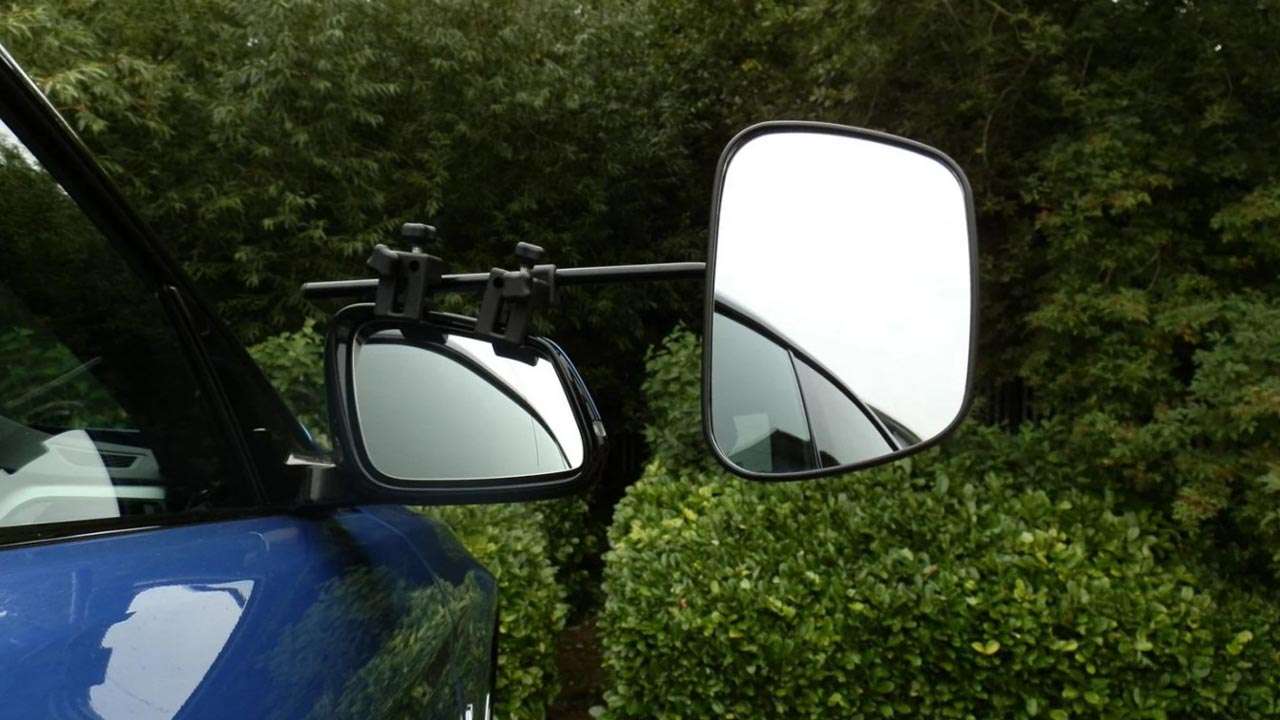
Milenco Grand Aero 4 Caravan Mirrors
Maintaining Your Towing Mirrors
Proper maintenance of your towing mirrors ensures they remain effective and last longer. Here are some maintenance tips.
- Regular Cleaning: Clean your mirrors regularly to remove dirt and debris that can obstruct your view.
- Check Attachments: Regularly check the attachments to ensure the mirrors remain secure.
- Adjust as Needed: Adjust the mirrors as needed to maintain optimal visibility.
- Inspect for Damage: Periodically inspect the mirrors for any signs of damage and replace them if necessary.
Conclusion
Choosing the right caravan towing mirrors is essential for safe and legal towing in Australia. By understanding the different types of mirrors available, their features, and the legal requirements, you can make an informed decision and enjoy a safe and enjoyable towing experience. Whether you are an occasional tower or a frequent traveller, investing in high-quality towing mirrors is a decision that promotes safety and peace of mind.
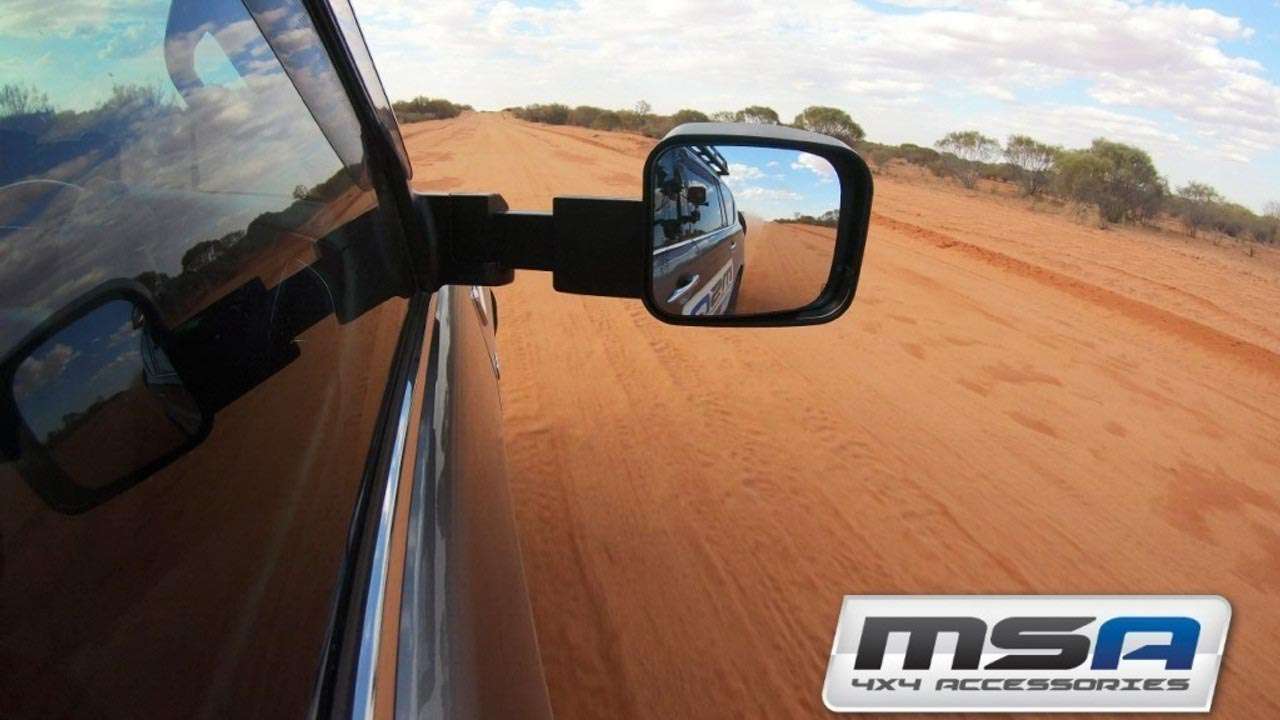
MSA Towing Mirrors (Image Courtesy Of MSA Australia)
FAQs Caravan Towing Mirrors Frequently Asked questions
Are caravan towing mirrors a legal requirement in Australia?
Can I use universal towing mirrors for any vehicle?
How do I know if my towing mirrors are properly adjusted?
Are there any features to look for in towing mirrors for off-road use?
Can I install towing mirrors myself, or do I need professional help?
DISCLAIMER
Information presented on FollowOurTravels.com is intended for informational and entertainment purposes only. We love camping and caravanning and we love sharing our stories with you, so we hope you enjoy them and maybe learn a little something too. Neither FollowOurTravels.com nor its members make any representations as to the validity, accuracy, completeness, or suitability of any claims made here. We try to keep everything on our site up-to-date but things change all the time even in the camping and caravanning world. FollowOurTravels.com nor its members assume any liability with regard to results based on the information provided here. We may share a podcast about how people save money free camping and running a hairdressing salon out of a tent but it’s not in our power to guarantee you can have such success too.
List Of Australian Caravan Brands
Adventura Caravans, Alpha Fibreglass, Aussie Wide Caravans, Avan Campers, Ballina Campervans, Billabong Custom Caravans, Caravan Manufacturer, Caria Caravan Trailer, Challenge Camper Trailers Caravans, Classic RTM Caravans, Concept Caravans, Coromal Caravans, Creative Caravans, Davsher Caravans, Desert Edge Trailers, Designer Vans Caravans, Discoverer Campers, Dreamhaven Caravans, Dreamland Trailers, Driftaway Caravans, Dryden Trailers Caravans, Eagle Caravans, Elross Caravans, Evernew Caravans, Exodus Campers, Ezytrail Campers, Galaxy Caravans, Goldstream Recreational Vehicles, Golf Caravans, Heaslip Campers, Horizon Motorhomes, I & D Industries, Imperial Caravans, Jayco Caravans, Jurgens Caravans, Kea Campers Australia Caravans, Kingdom Caravans, La Vista Caravans, Lifestyle Leisure RV, Limit Seeker Camper Trailers Caravans, Lotus Caravans, Majestic Caravans, MARS Campers, May West Caravans, Millard RV Caravans, Montana Caravans, Nova Caravans, Olympic Caravans, Opalite Caravans, Paradise Caravans, Paradise Motor Homes, Paramount Caravans, Regal Caravans, Regent Caravans, Retreat Caravans, Rhinomax, Rivenlee Caravans, Roma Caravans, Royal Flair Caravans, Spaceland Industries Caravans, Spinifex Caravans, Suncamper Caravans, Sunland Caravans, Sunliner Recreational Vehicles, Supreme Caravans, Swagman Aust Caravans, Tavlor Motorhomes, Toy Haulers Manufacturer, Track Trailer, Trailblazers RV Caravans, Trailer Manufacturer, Trailstar Caravans, Trakka Caravans, Trakmaster Caravans, Travelhome, Traveller Caravans, Truelux 5th Wheel, Vanguard Caravans, Western Caravans, Windsor Caravans, Winnebago Industries, Wirraway Motorhomes, Zone RV

